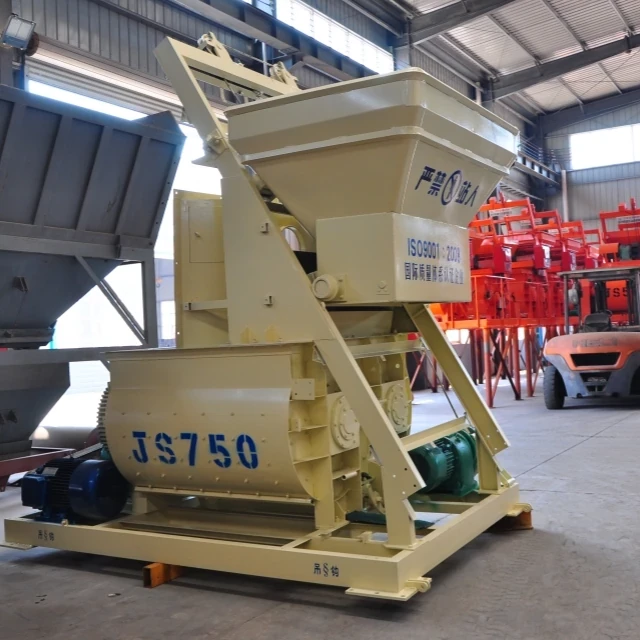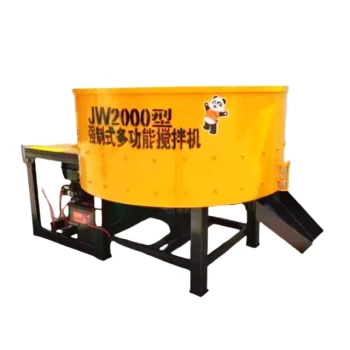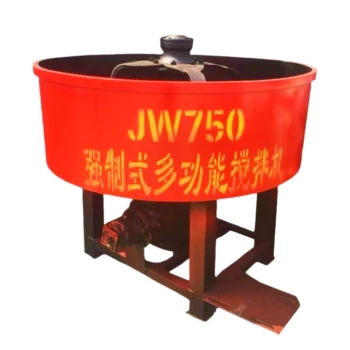Selecting the optimal concrete grade is a critical decision that impacts structural integrity, cost-efficiency, and project longevity. This guide breaks down technical standards, performance metrics, and real-world applications to help you make informed choices—whether you're building a residential floor or a high-load viaduct.
Understanding Concrete Grades and Their Classifications
Concrete grades categorize mixtures based on their compressive strength, measured in megapascals (MPa) after 28 days of curing. These classifications ensure consistency in structural performance across projects.
Compressive Strength and Mix Design by Grade
-
C10 to C15: Low-strength (10–15 MPa)
- Used for non-structural elements like pathways or blinding layers
- Contains lower cement content and higher aggregate ratios
-
C20 to C25: Medium-strength (20–25 MPa)
- Ideal for ground floors and foundations in residential builds
- Balances workability and durability
-
C30 to C50: High-strength (30–50 MPa)
- Supports heavy loads in bridges, columns, and industrial floors
- Requires precise water-cement ratios and additives like silica fume
Ever wondered why some sidewalks crack while others last decades? The answer often lies in grade selection.
Key Factors Influencing Grade Selection
1. Structural Requirements
- Load-bearing needs: High-rise buildings demand C40+ for columns, while C25 suffices for garden walls.
- Environmental exposure: Marine environments require grades with corrosion-resistant additives (e.g., C50 with fly ash).
2. Cost vs. Performance Trade-offs
- C30 offers the best cost-efficiency for most residential slabs, reducing over-engineering risks.
- C50 may cost 20–30% more but prevents costly repairs in infrastructure projects.
3. Local Material Availability
- In regions with scarce high-quality aggregates, lower grades (C20–C25) may be pragmatically adjusted with admixtures.
Applications in Modern Construction Projects
Case Study: High-Strength C50 in Viaduct Durability
A 2022 viaduct project in Germany used C50 concrete to withstand:
- Dynamic vehicle loads (up to 60 MPa stress points)
- Freeze-thaw cycles (achieved with air-entraining agents)
Result: Zero cracks reported after 18 months, versus 3–5% deterioration in C40 viaducts.
Cost-Efficiency of C30 in Residential Flooring
A developer in Texas saved $12,000 per 1,000 sq. ft. by switching from C35 to C30 for flooring, with no compromise on safety (tested at 32 MPa actual strength).
Industry Standards and Compliance
EN 206 vs. ASTM C39: Global Grade Alignment
| Standard | Region | Key Metric |
|---|---|---|
| EN 206 | EU | Characteristic strength (e.g., C30/37 = 30 MPa cylinder/37 MPa cube) |
| ASTM C39 | US | Cylinder strength only (e.g., 4,000 psi ≈ C30) |
Pro Tip: Always verify local code requirements—some jurisdictions mandate EN 206 compliance even for ASTM-designed mixes.
Conclusion: Actionable Steps for Your Project
- Assess load requirements using engineering blueprints.
- Compare environmental factors (e.g., coastal vs. inland).
- Test cost scenarios—sometimes a slightly higher grade (e.g., C35 vs. C30) extends lifespan by decades.
For projects involving heavy machinery placement (like Garlway winches), consult a structural engineer to validate grade choices against dynamic operational loads.
Final Thought: Concrete isn’t just a material—it’s the silent guardian of your structure’s future. Choose wisely.
Related Products
- JDC350 Small Cement Concrete Mortar Mixer
- HZS90 Large Multiquip Concrete Mixers for Construction
- Commercial Construction Mixer Machine for Soil Cement Mixing Concrete
- Auto Concrete Cement Mixer Machine New
- Ready Mixer Machine for Construction Ready Mix Machinery
Related Articles
- How Cement Mixers Solve Industrial Derusting Challenges Safely and Efficiently
- How to Repurpose Cement Mixers for High-Efficiency Farm Material Processing
- How to Repurpose Your Cement Mixer for Ammunition, Farming, and DIY Projects
- How Component Engineering Elevates Cement Mixer Performance for Small Projects
- How to Master Concrete Mixer Operation: Training, Certification, and Safety Protocols



















